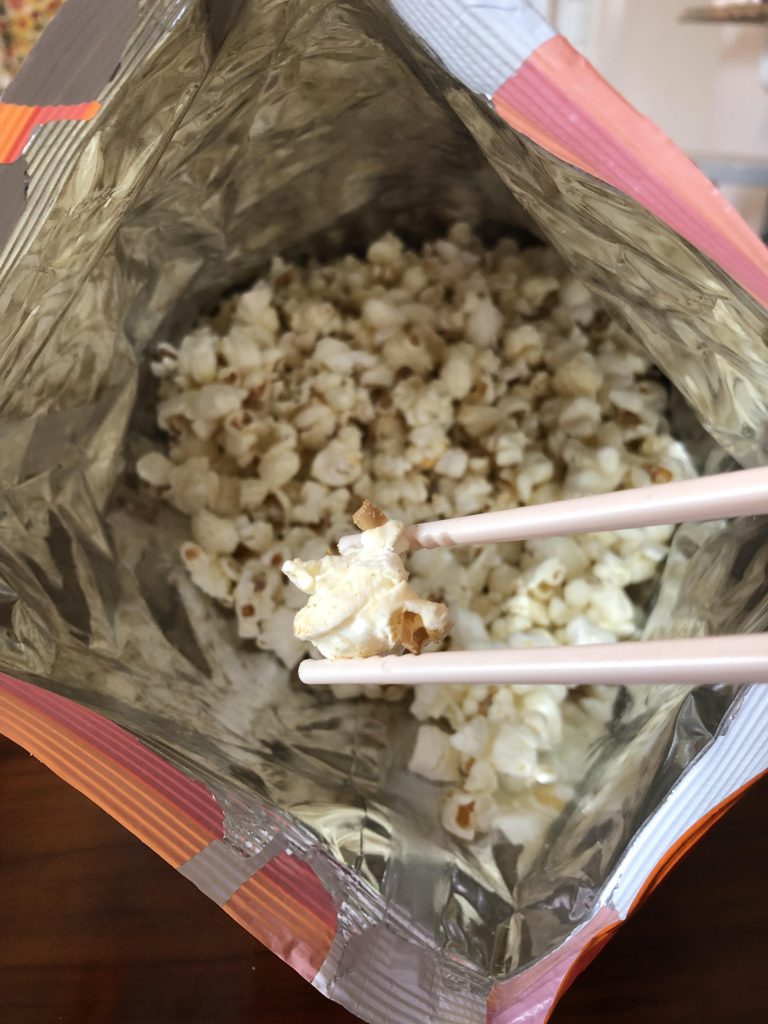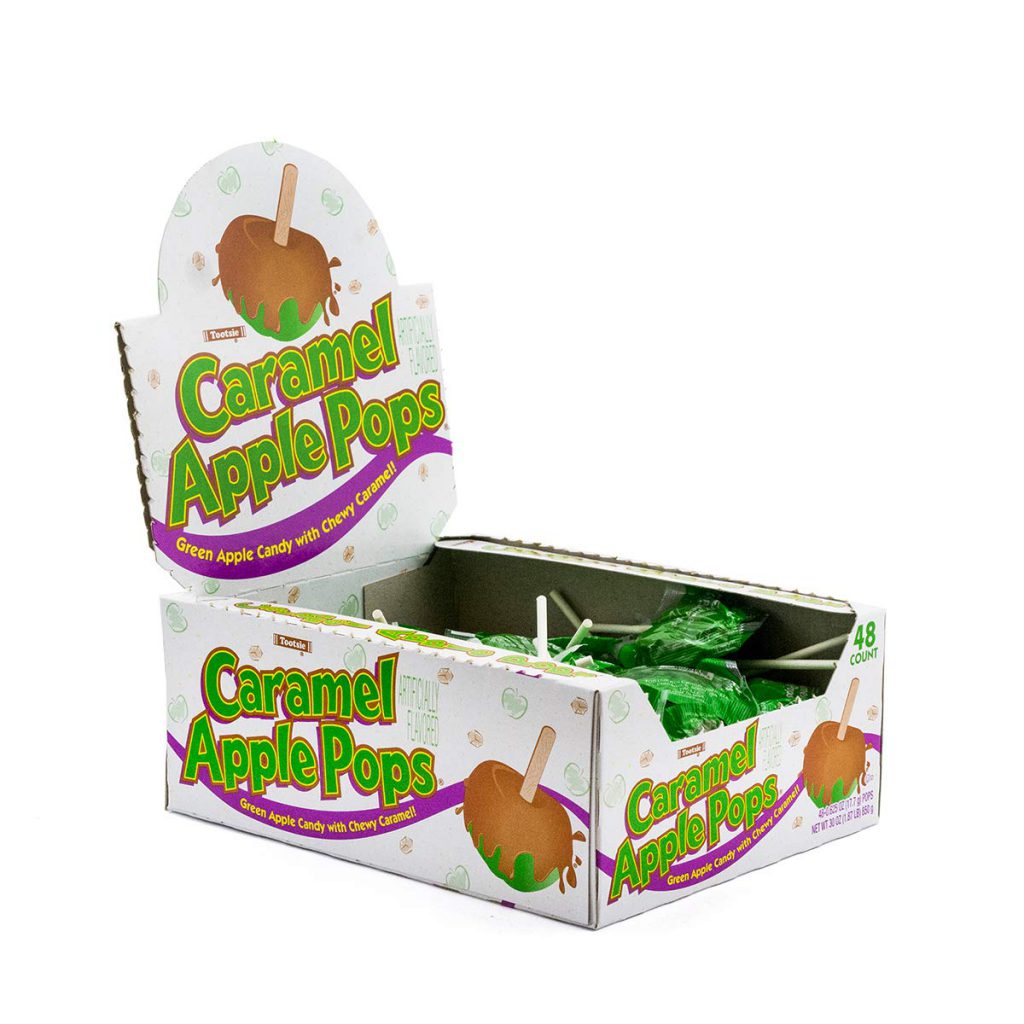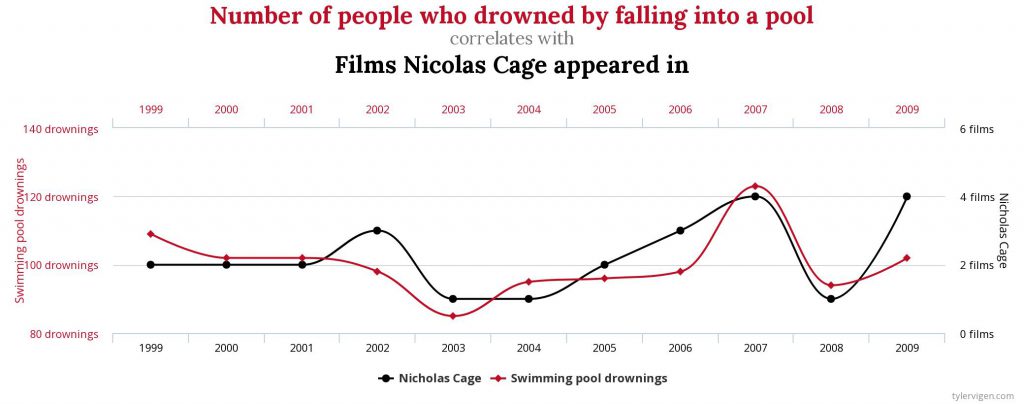Activity: Evaluating Statistical Information: Product Selection
This activity gives students practice evaluating statistical information by placing them in the role of a therapist who needs to purchase software for her practice. It also helps show students the value of understanding concepts from research/statistics in contexts other than doing research. This activity should take approximately 15-20 minutes. Students could work individually or […]
Activity: Evaluating Statistical Information: Product Selection Read More »






